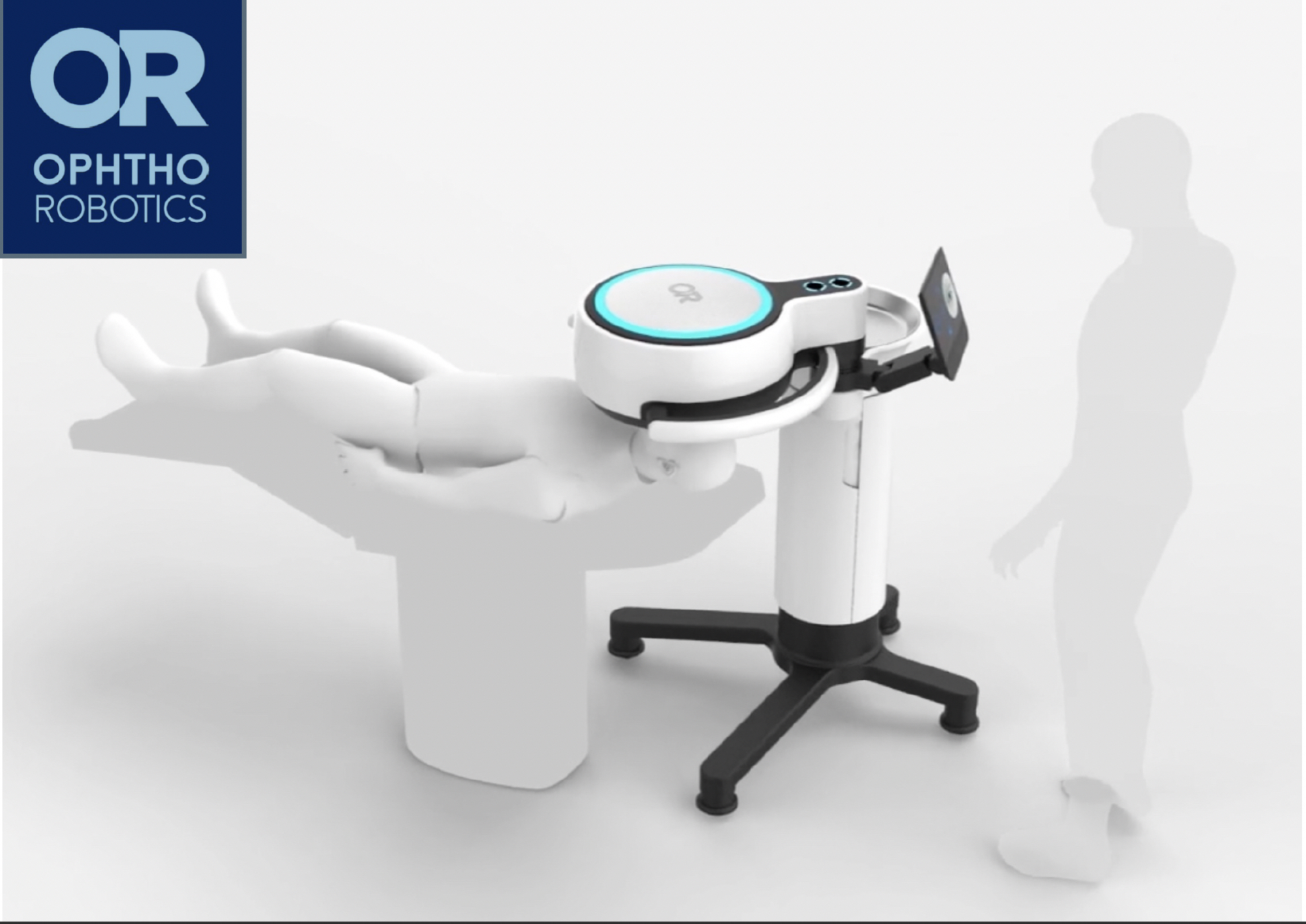Hi Bernhard,
you are the founder and former CEO of Novaliq and experienced in building startups and bringing products to market. Now you are at Ophthorobotics. What is the companies mission?
You are absolutely right. Building life sciences companies particularly in ophthalmology is really what I love to do. Ophthorobotics is a swiss ophthalmic start up and I am thrilled for joining the company at this crucial development stage. Our robotic system is designed to be the first remotely working intravitreal injection system to administer medications for the treatment of sight threatening retinal diseases, in particular age-related macula degeneration. One can say Ophthorobotics is re-thinking the future of intravitreal injections.
What will your first product look like? Are you planning the injection robot as a fully autonomous machine, or will it be operated with the help of assistants?
The system will allow for a fully automated injection that is initiated via a computer and monitored by a remote ophthalmic surgeon via a visual-auditory communication system. As the injection needle is guided through software, including eye tracking and iris recognition, the only component that touches the eye is the injection needle. The system incorporates a local sterile environment to keep the contamination risk at the lowest possible level. However the patients preparation still remain in the hands of medical staff.
What are the advantages for patients, but also for physicians, of having intravitreal injections performed by a robot?
The advantages of the Ophthorobotics system over the standard of care are:
- Reduced procedure times
- Increased safety and comfort for the patient
- AI enabled diagnostics
- Electronic patient record integration
- Reduced infrastructure cost
When are you planning to come to market? Do you already have experience with a first prototype?
We are still in a pre-clincal stage and plan for entering into clinical trials end of 2024. CE and FDA approval is expected for 2026 and 2027.
Let's get technical: How are you going to make sure the injection goes to the right place? Especially with patients who don't participate well or squint their eyes a lot?
I love your question as we are proud for having established a cooperation with a world class team from the Multi Scale Robotics Lab at ETH Zurich.
Togehter with this team and other first tier industry partners we are working on tasks like high precision eye tracking with sub-millimeter accuracy, visual servoing and development of the injection module to ensure highest safety and accuracy.
Automating the injection is one thing. What comes next? Wouldn't it also be helpful to automate the postoperative follow-up, or to integrate an OCT with one of your devices that detects intraretinal fluid and thus serves the current treat-and-extend scheme?
In further development stages of the Ophthorobotics system I actually envisage, as an example, a device that can do OCT with an AI that provides the indication for therapy with the option of automated injections. The patient comes into the device with his head facing forward and gets both in one go. The whole thing is then carried out as part of home monitoring, or in the supermarket or old people's home - in other words, on site.
What do you think - will such systems eventually replace us doctors?
Ophthalmology is a technique-oriented discipline and can significantly benefit from those disruptive technologies. Sooner or later many types of ophthalmic procedures will be revolutionized by robotic systems due to their higher levels of accuracy, precision and finally saftey compared to the standard of care. However the doctor will remain as the responsible desicion maker to ensure the best outcome for patients. The robot will just become a part of the doctors hight tech toolbox in a more and more digitalised world.
Thanks for the great interview!
Further Links




